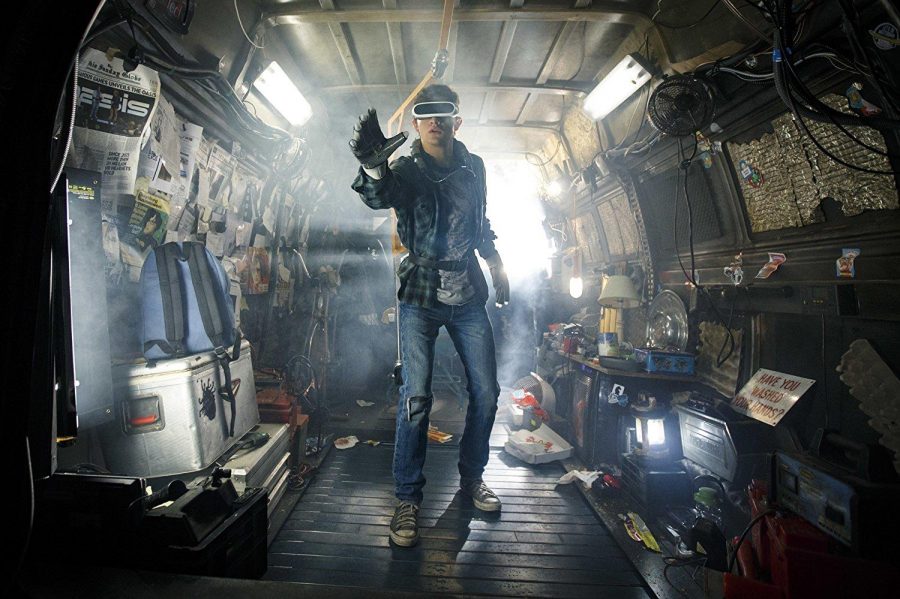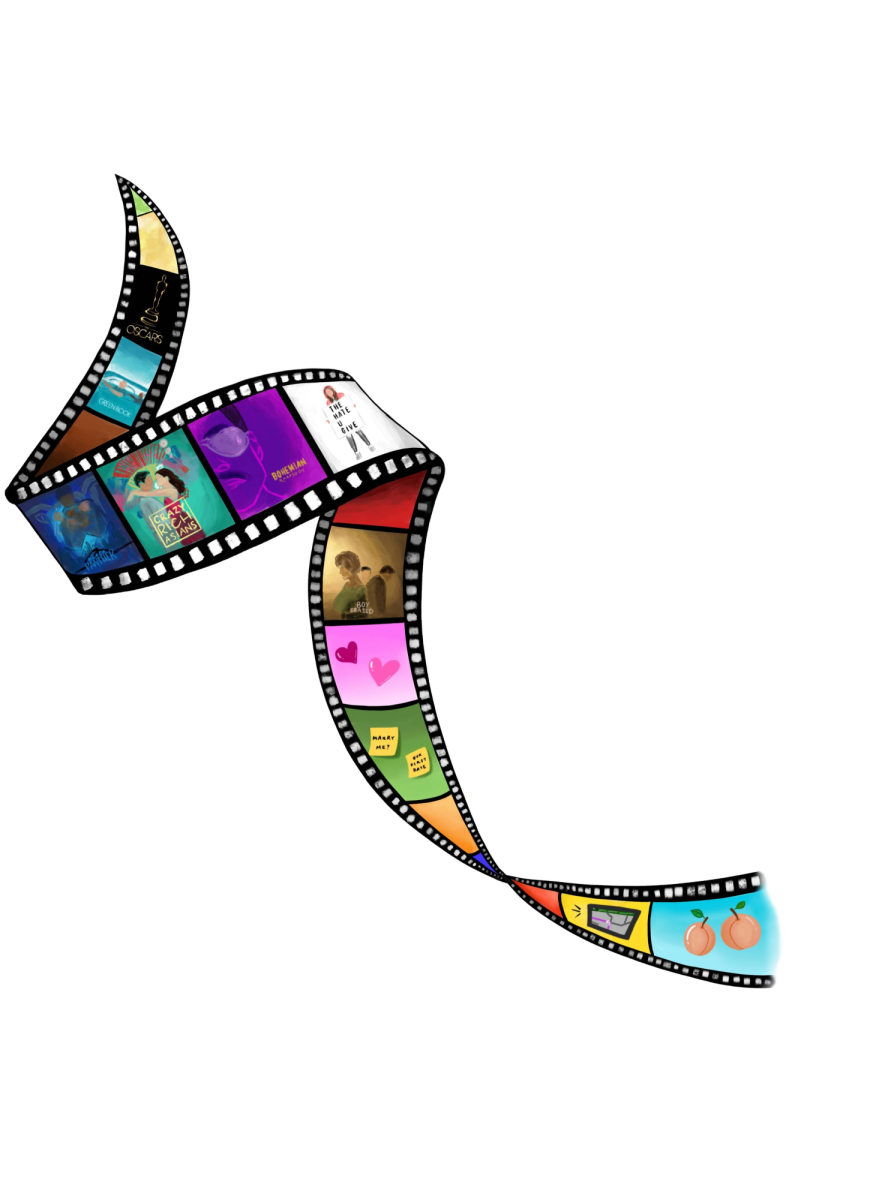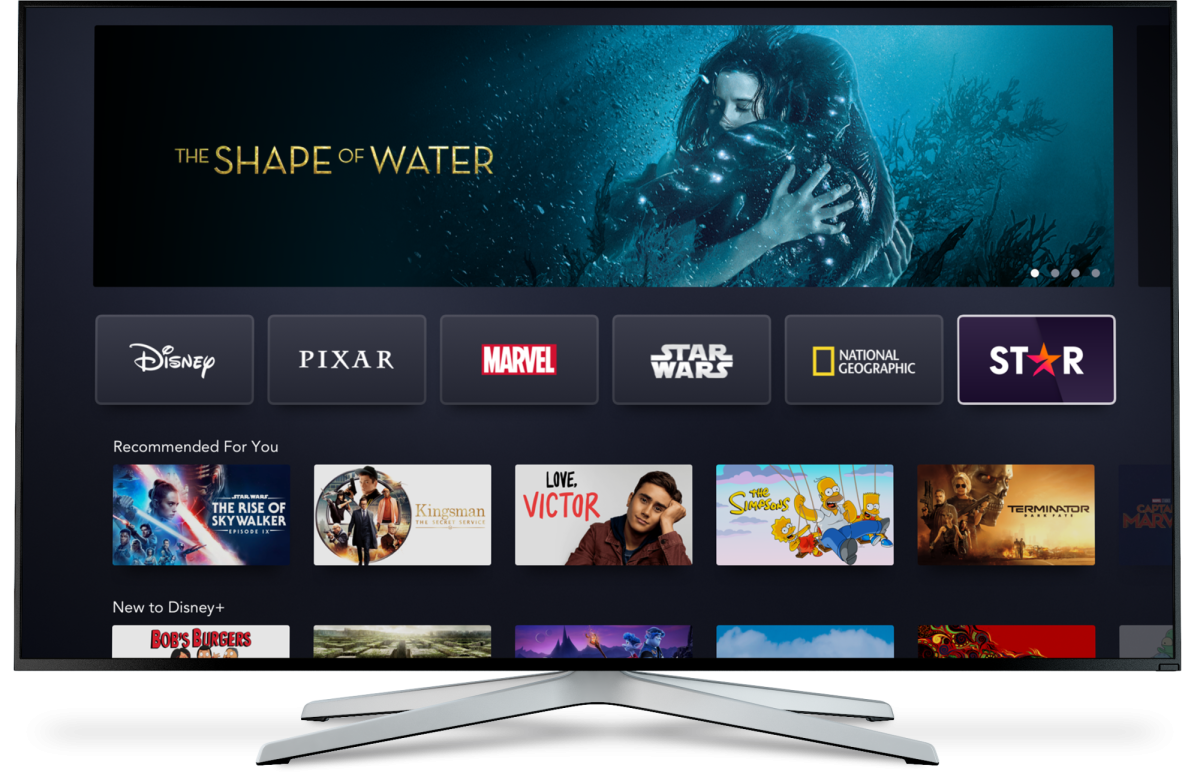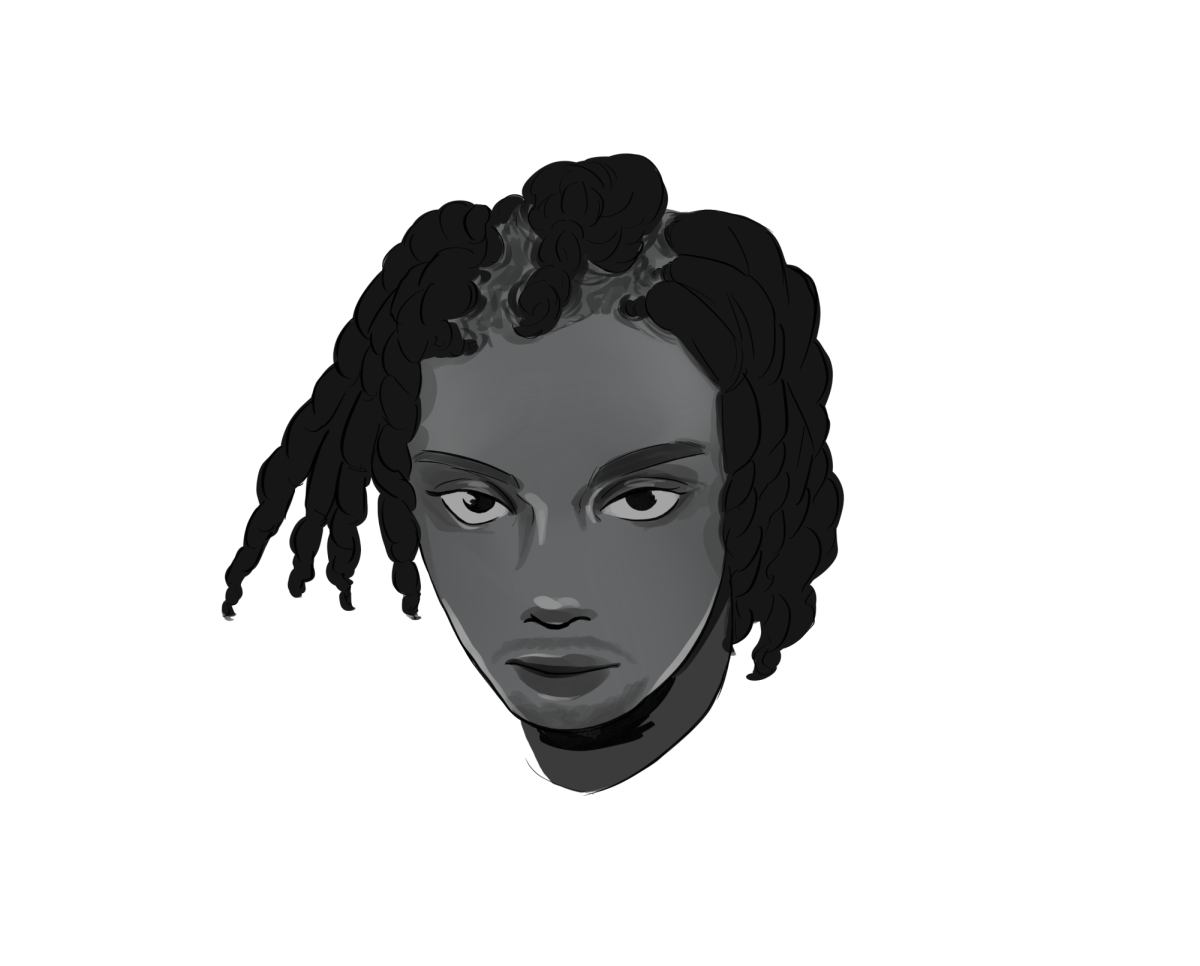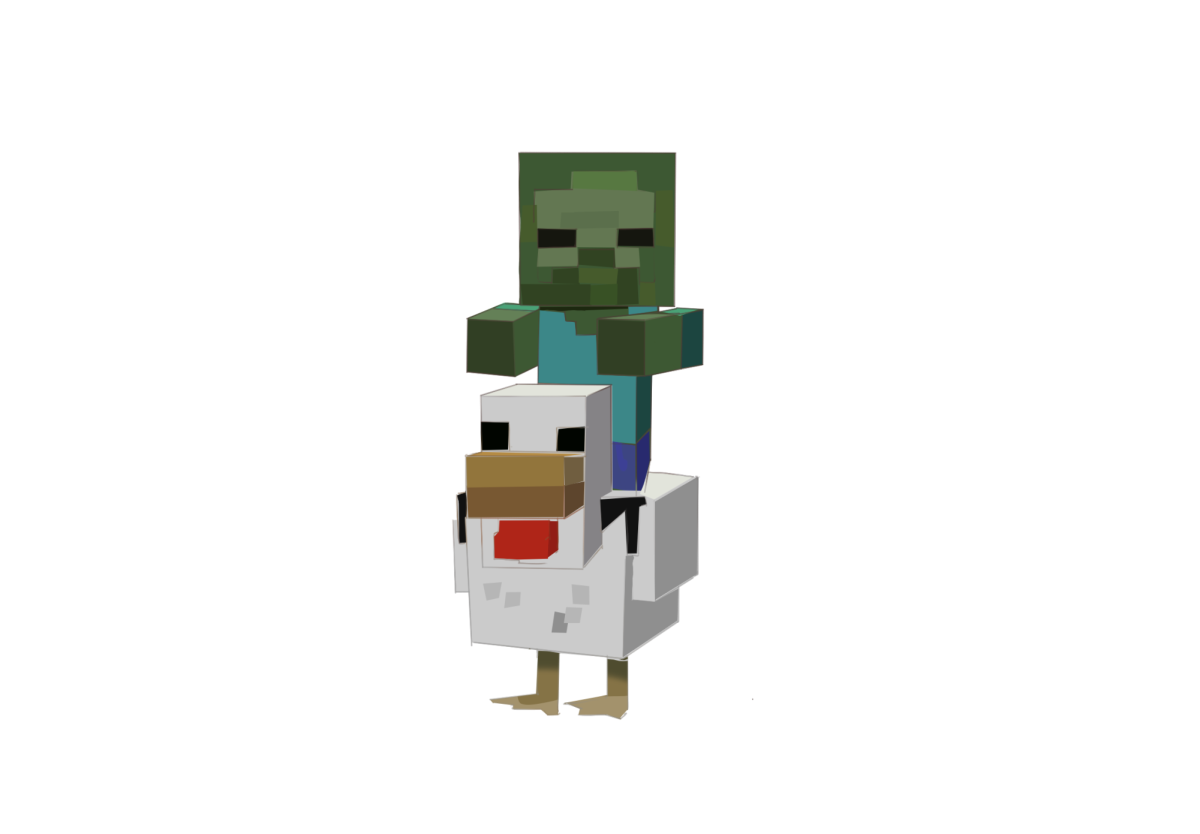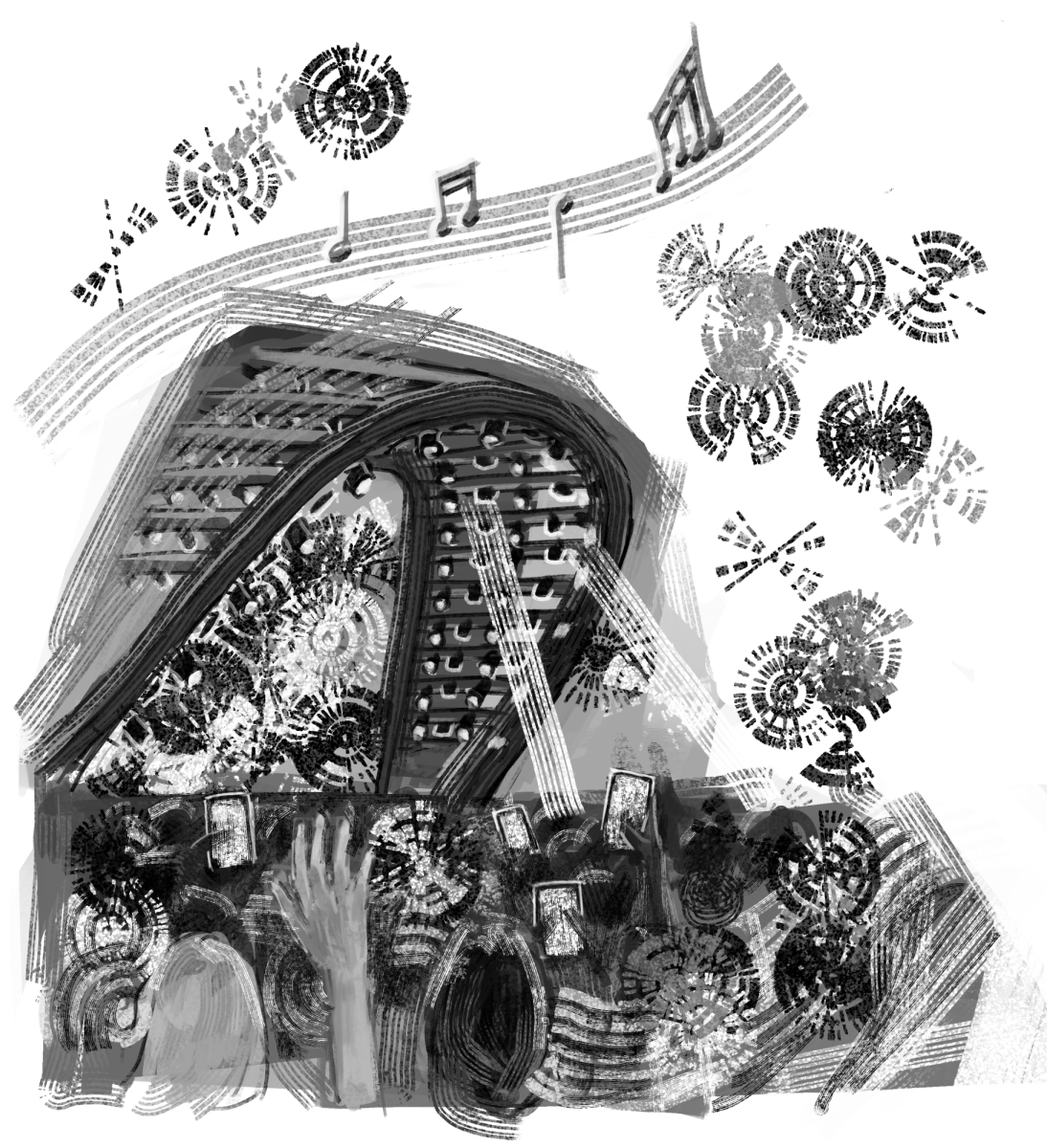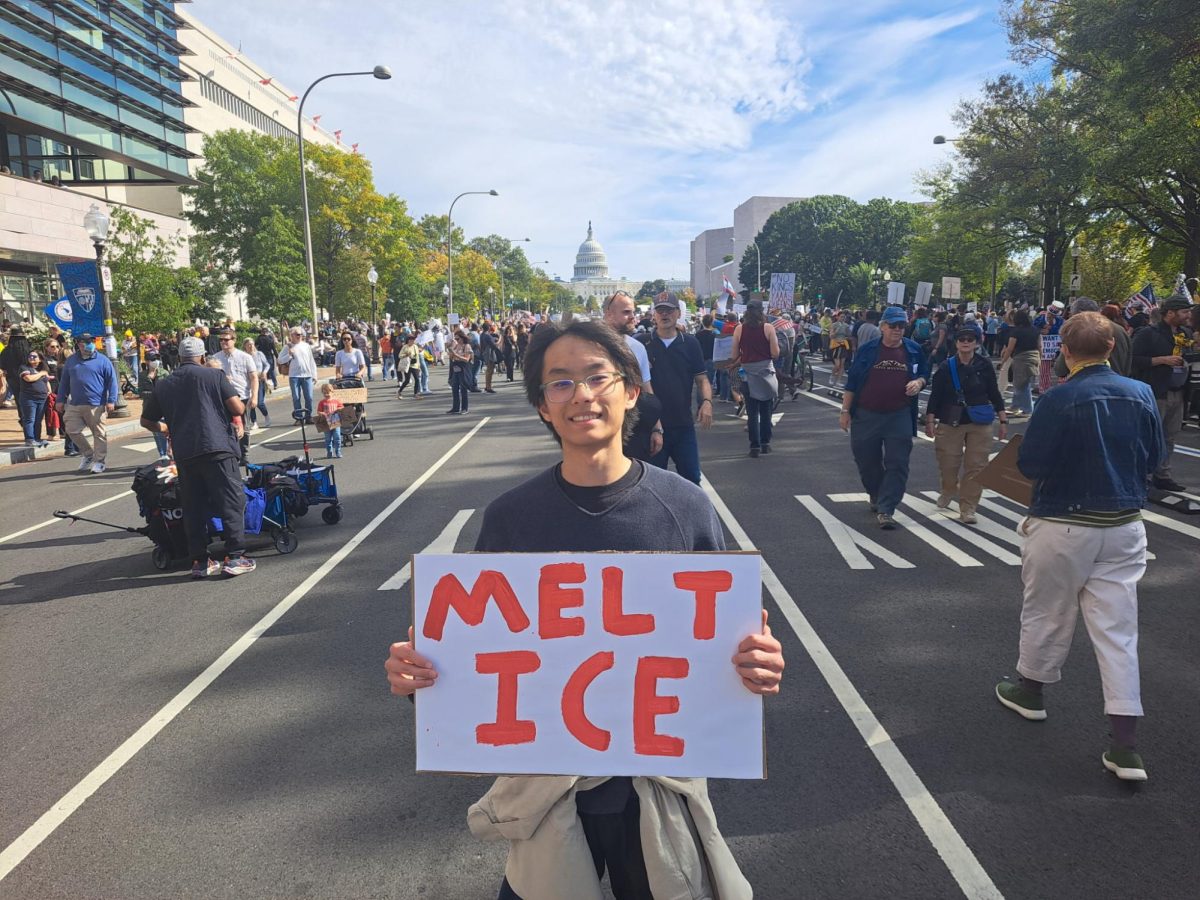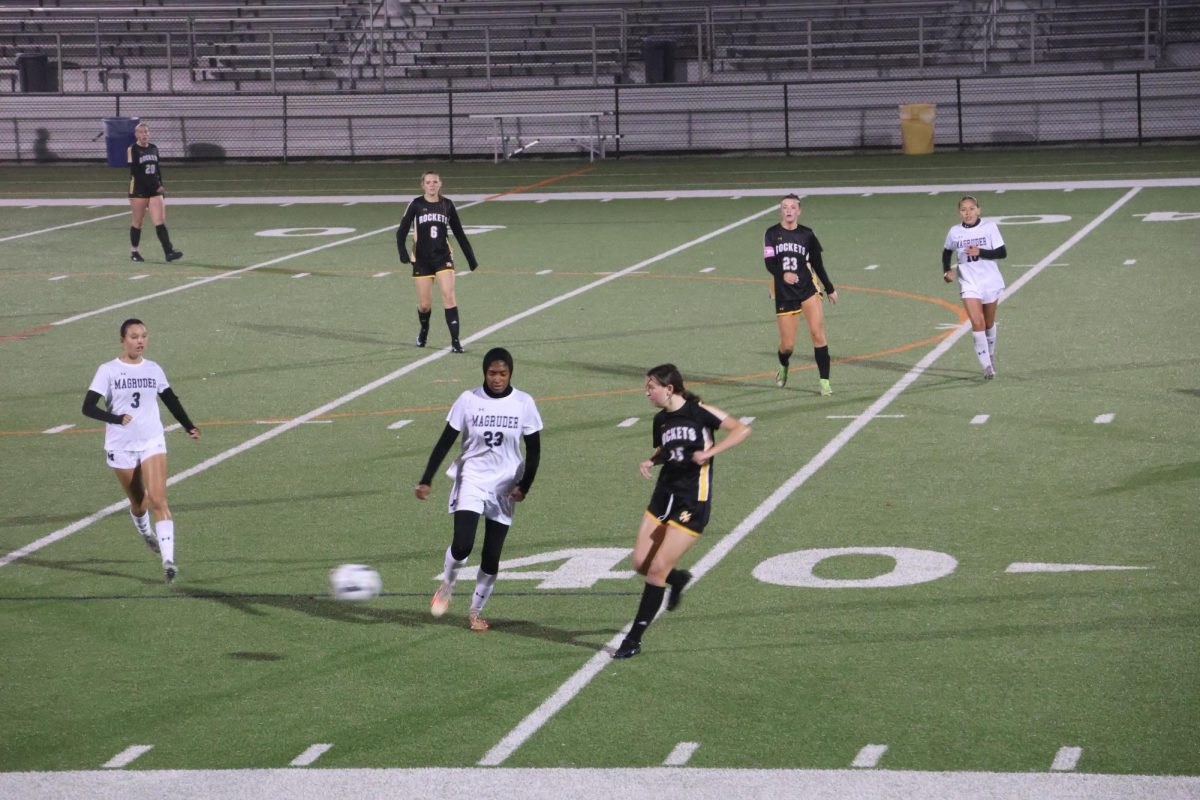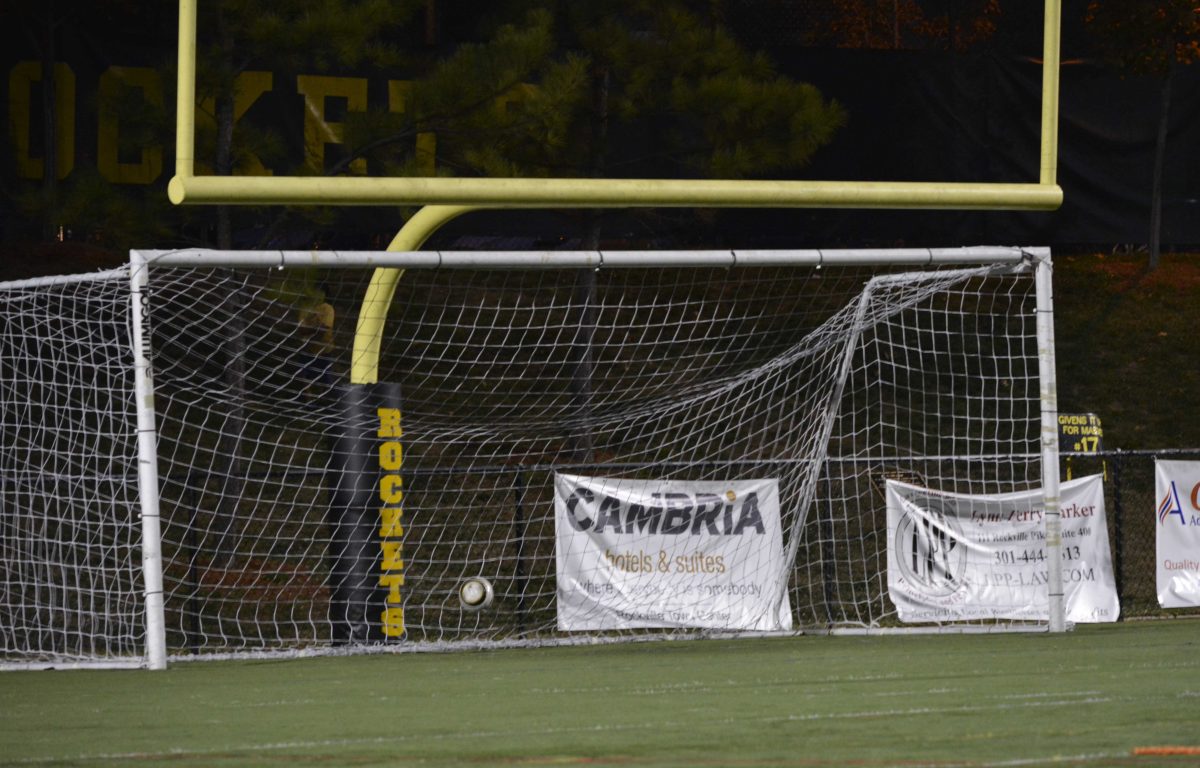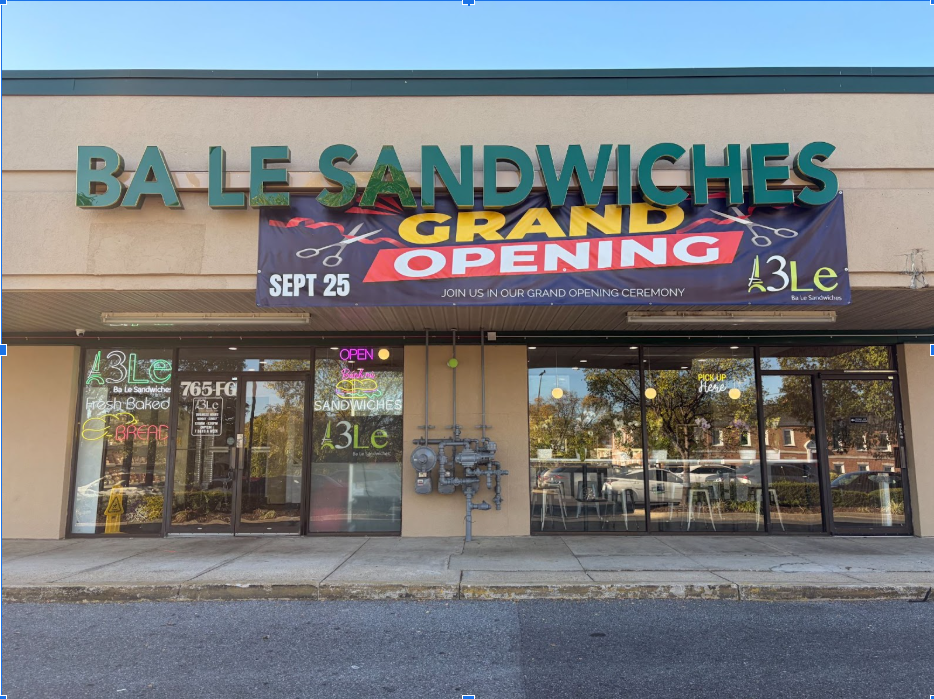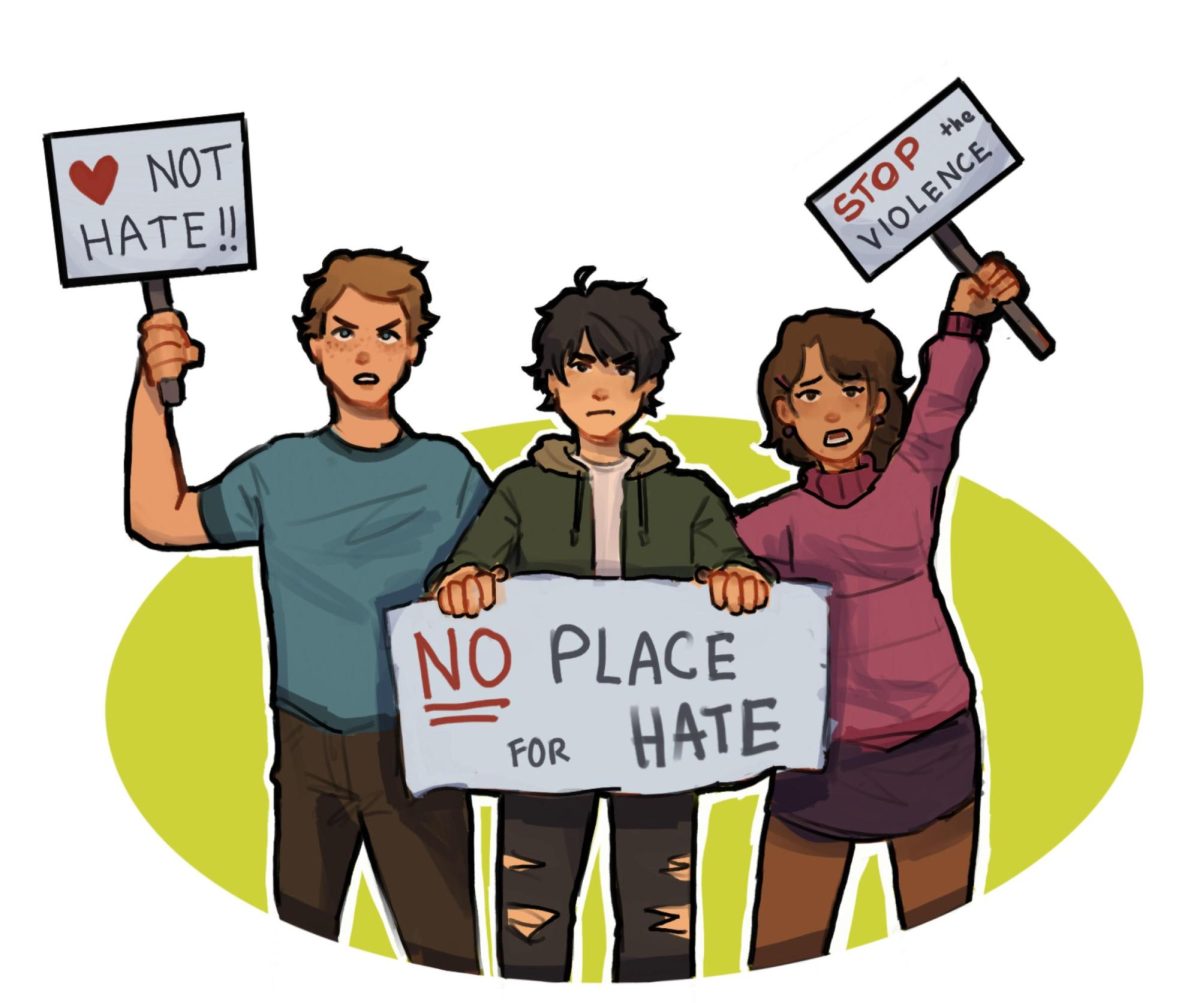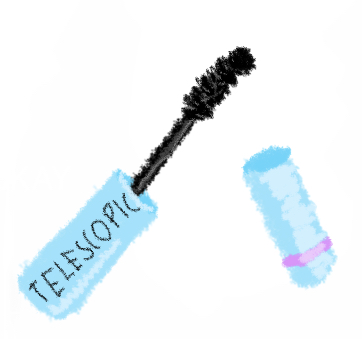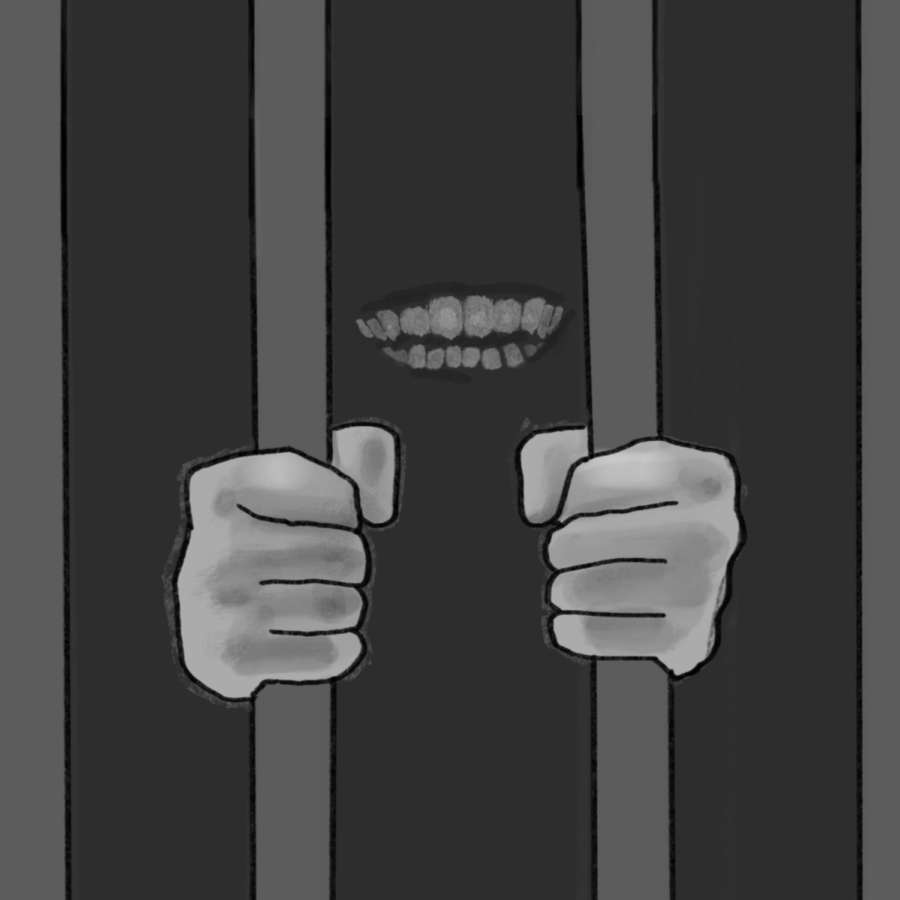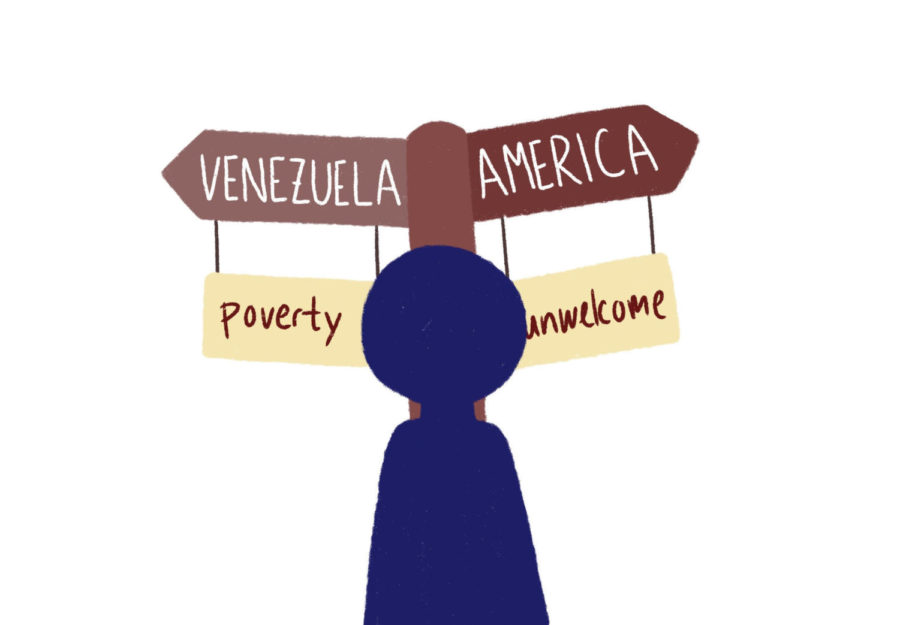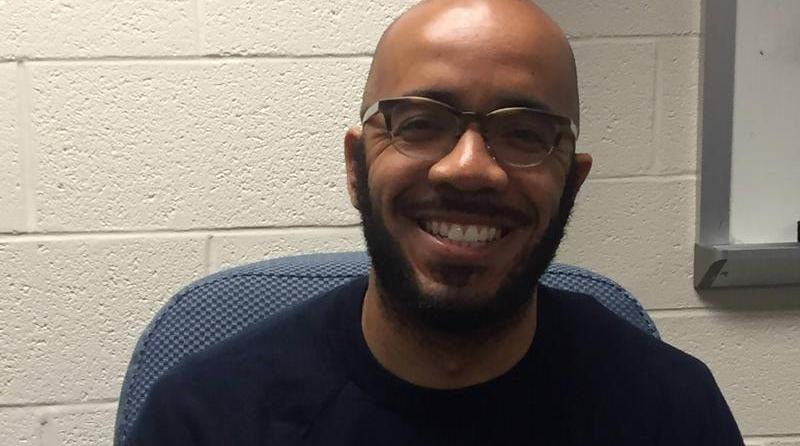This article contains spoilers for “Ready Player One.”
Steven Spielberg, famed director of “E.T.,” “Jaws,” and other gems, released a movie adaptation of Ernest Cline’s 2011 science-fiction adventure book, “Ready Player One.” A dizzying, irregularly paced mashup of eighties references, CGI and poor development, “Ready Player One” takes viewers on a wild ride that will leave them with a heavy dose of whiplash.
Set in 2045, Wade, the main character, lives in poverty with his aunt and uncle. To escape from problems such as the pollution, most people now spend their lives in the OASIS, a virtual reality that allows citizens to collect coins, meet people and have fun. Like many others, Wade also spends most of life in the OASIS as Parzival, his gamer name. When James Halliday, the creator of this game, dies, he sets up a challenge in which the first player to collect an Easter egg based on three clues and keys hidden within the OASIS will win a plethora of prizes, including money and ownership to the entire gaming platform. As a consequence, IOI, an evil organization working to win the easter eggs emerges.
Unlike the book, the movie does not spare more than two minutes behind Wade’s backstory, character, or any of the grave issues at stake in the bleak reality of 2045. Instead, it dives right into the fun, action-packed first challenge for the first key. Halfway through the film, viewers still know practically nothing about Wade, the first few minutes of the movie being the only part where Wade gets any character development.
A subplot of the film surrounds the romance between Parzival and Artemis, a girl who is really good at gaming. She lacks character, and like Wade, is bland and boring. Parzival finds a clue and ends up being the first to win a key, putting him at the top of IOI’s hit list. Based on two brief in game meetings with Artemis in which he learns nothing of substance about who she is, Parzival falls in love and foolishly declares his real name, revealing his identity to IOI. There are also a bunch of side characters that no one really cares about. Not that anyone really cares about any of the main characters either.
The film differs from the novel on another level: the characters Daito and Shoto. Daito and Shoto are much more fleshed out in the novel, and Daito is killed by IOI after they learn of his real identity. In the book, Daito and Shoto are such good friends that they consider each other brothers. However, in the film, Daito and Shoto seemed to be added as an afterthought, as if Spielberg completely forgot that they existed and simply placed them in a few scenes to add diversity.
The movie drags on and on, hurtling a nonstop slew of pop culture references at lightning speed to viewers, quickly turning the film into a trivia game rather than anything with meaningful plot. At one point in the film, Wade’s aunt and uncle are killed by bombs dropped by IOI, to which he responds with no sadness. Characterless Wade continues, as if nothing happened, to complete the challenge. Instead of focusing on the challenge in the story, my mind kept drifting to the idea that maybe Steven Spielberg was challenged by someone to create a film in which the only interesting part is the copious, and visually alluring CGI.
In a sense, the film ends up making the most impact by relying on other iconic games. Spielberg has always delivered hits, masterpieces of dialogue and screenplay, but “Ready Player One” took a bit of an underwhelming turn. Hopefully his next release will adequately showcase his cinematic talent.
Featured photo courtesy of IMDb


